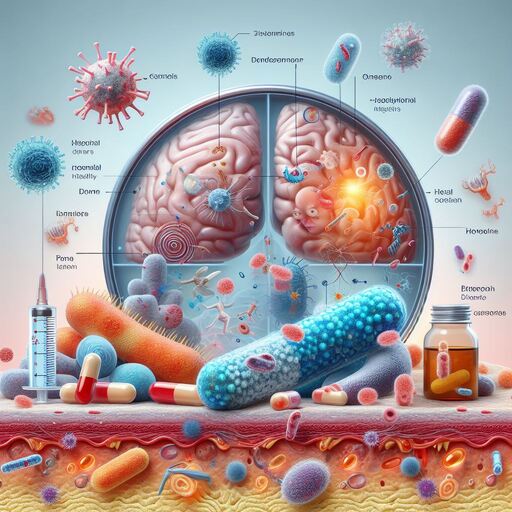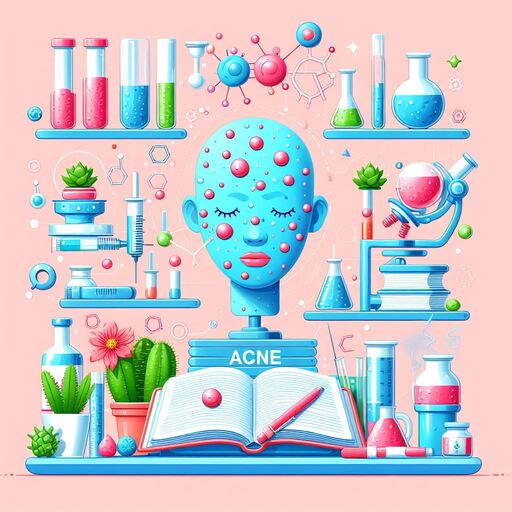Understanding the Microbiology of Acne Bacteria and Hormones
Understanding the Microbiology of Acne Bacteria and Hormones
Acne is a common skin condition that affects millions of people worldwide. While acne is usually not dangerous, it can be unsightly and cause emotional distress for individuals who experience it. The microbiology of acne involves both bacteria and hormones that contribute to the formation of pimples.
Propionibacterium acnes (P. acnes) is a type of bacteria that plays a significant role in acne development. These bacteria live in sebum-filled pores on the skin and can cause inflammation when they multiply and produce toxic substances. P. acnes produces lipids and enzymes that can clog hair follicles and lead to the formation of pimples. In addition, these bacteria can also produce chemicals that stimulate the production of sebum, contributing to the development of acne.
Understanding the Microbiology of Acne Bacteria and Hormones
Hormones also play a role in the microbiology of acne. Androgens, such as testosterone and dihydrotestosterone, are responsible for regulating the growth and activity of sebaceous glands. When sebaceous glands produce too much sebum, it can clog hair follicles and lead to the formation of pimples. Estrogen also plays a role in acne development by regulating sebaceous gland function and sebum production.
Understanding the Microbiology of Acne Bacteria and Hormones
To understand the microbiology of acne, it is important to know that there are different types of acne. The most common types include whiteheads, blackheads, and pimples. Whiteheads occur when sebaceous glands produce too much sebum, which causes clogged hair follicles and a buildup of dead skin cells. Blackheads occur when sebaceous gland secretions darken due to exposure to air and bacteria. Pimples are formed when sebaceous glands produce pus in response to bacterial infection.
Treatment for acne involves a combination of topical and/or oral medications that target both the bacteria and hormones that contribute to acne development. Topical treatments include creams, gels, and ointments that contain benzoyl peroxide or salicylic acid to reduce sebum production and kill bacteria. Oral antibiotics may be prescribed in severe cases. Hormonal therapy such as isotretinoin may be used to regulate hormone levels and reduce sebum production.
In conclusion, the microbiology of acne involves both bacteria and hormones that contribute to the formation of pimples. Understanding the different types of acne is important for developing effective treatment plans. By maintaining good hygiene, managing stress levels, and consuming a healthy diet, individuals can prevent acne from forming or reduce its severity if it does occur.
Understanding the Microbiology of Acne Bacteria and Hormones

